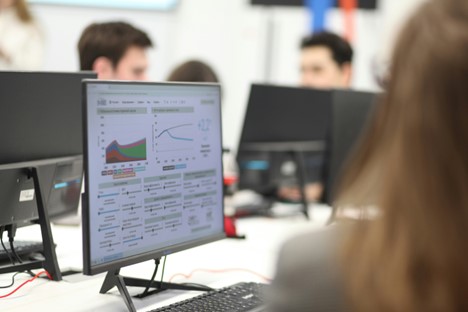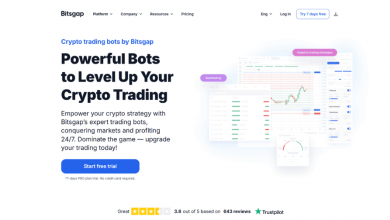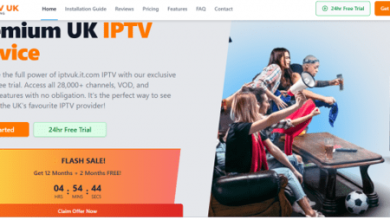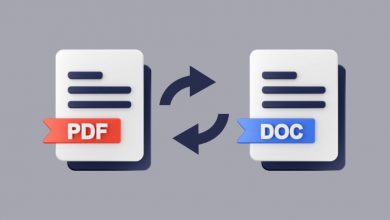A Comprehensive Guide to Employee Monitoring Software

Is your workforce working remotely, or just remote?
Employee monitoring has become crucial for businesses, especially with hybrid and remote teams. Lack of real-time visibility can derail performance, delay projects, and incur overhead costs.
Most companies find it difficult to measure productivity accurately. Whether having in-house, remote, or hybrid workforces, businesses must employ reliable employee monitoring software to measure performance, attendance, leave, and app usage. The global market cap of employee monitoring software was valued at $587.8 million in 2024 and is forecasted to have a CAGR of 12.3% during 2025-2032.
In 2025, businesses must leverage real-time insights to make data-driven decisions to improve productivity, accountability, compliance, and reduce the risk of a data breach.
This blog will guide why investing in remote employee monitoring software is worth it for businesses.
Employee monitoring software tracks employees’ performance, attendance, efficiency, and security compliance. It provides real-time insights into the workforce’s productivity and website usage.
The tool offers real-time evidence such as screenshots, live view, geo fencing, and statistics. It is a must-have investment for businesses, helpful in remote or hybrid work models, where managers find it difficult to manage employees.
It offers advanced features such as screen capture, automated timesheets, and even behavioral analysis with AI to provide a real-time view of performance. Managers using these tools help to ensure workers remain on task, meet deadlines, and make the best use of company resources.
For example, a distributed tech company might utilize employee monitoring software to measure time spent on coding tasks, jumping between tools, and being distracted by non-productive websites.
Why Do Businesses Need Monitoring Software?
Whether remote, hybrid, or office, businesses need transparency in how work happens. You do need to track employee activity and productivity. Monitoring software gives you real-time productivity data, so your managers get insights into how well individual tasks are progressing, or if time is being wasted.
It also offers robust security parameters to reduce the risk of data breach and non-compliance with HIPAA, GDPR, and other regulatory bodies. Additionally, it helps in compliance by maintaining extensive logs required for audits.
For startups in particular, in the middle of scaling up, a data-driven view of employee performance streamlines scaling up operations.
Key Features of a Reliable Employee Tracking Software
Your employee monitoring software should be more than a time tracker, it should provide insights, automation, and real-time information that allows your business to make smarter decisions. Here’s what to look for in the right solution for your team.
- Time Tracking and Automated Time Sheet
It records when employees arrive and leave and automatically tracks performance. It eliminates manual efforts and facilitates insights on how time is spent.
It streamlines workflow for teams working on different client projects with an online timesheet, accurate payroll calculation, real-time tracking, and minimizing project costing.
- App and Web Usage Monitoring
Monitoring software tracks which apps and websites employees use while at work. This can help pinpoint productivity blockers, such as spending too much time on social media or unrelated browsing. For instance, if marketing teams spend a lot of time on unnecessary tools, managers can suggest alternative tools or workflows to save time.
- Screen Capture or Live Monitoring
Screen capture enables businesses to view screenshots of employee monitors at regular intervals. It’s vital for quality assurance and checking task completion without invasive check-ins. This is useful for sectors, such as customer support or content creation, where precision is crucial.
- Productivity Scoring and Reports
The tool algorithms calculate productivity scores based on completed tasks, apps accessed, and time spent. These reports offer real-time insights for performance reviews, team comparisons, or progress monitoring. It allows managers to concentrate on coaching people instead of guessing at things.
Benefits of Employee Monitoring: Is it worth the Investment?
Employee monitoring software is beyond tracking; it’s a strategic weapon that improves transparency, productivity, and decision-making more effectively. When executed properly, it fosters a data-driven culture where performance is evaluated fairly, and goals align with outcomes.
- Increased Productivity Across the Team
Monitoring tools indicate distractions and streamline workflows, so the team doesn’t waste time. It can help surface inefficient meetings or task switching via time-hog data. Managers could then overhaul schedules or automate low-value labor, making for more productivity without needing to make work longer.
- Better Project and Resource Management
If companies know how much time it takes to accomplish tasks and understand team dynamics, they can plan resources more intelligently. From setting deadlines to balancing workloads, having real-time data prevents burnout and bottlenecks. A project leader can transfer tasks or alter priorities with some measure of truth about what can be done, instead of guesswork.
- Improved Accountability and Transparency
With tracking software, you create a culture of accountability, as you can see exactly who is doing what, and when. Employees are more apt to stay on the right path if they sense that expectations are being measured fairly. This also minimizes internal conflicts and builds trust between managers and teams.
Common Challenges and How to Overcome Them
Employee activity tracking software offers a range of benefits, but companies often struggle to implement it, particularly concerning trust, privacy, and extracting value from the data.
- Employee Pushback and Trust Issues
Employees might feel like they’re being micromanaged or kept under constant surveillance. Transparent communication and training on why software is employed, and what data it captures, can help counter employee resistance.
- Compliance and Security Issues
The workforce’s surveillance can be legally offensive if not addressed responsibly. Always follow local labor laws, data privacy laws, like GDPR, and industry best practices. Get employee consent and have documented records of use policies to mitigate risk.
Tips to Choose the Best Employee Monitoring Software for Your Business
Choosing the best employee monitoring software for a productive business without compromising trust and compliance is important. Here are secret tips to help you make an informed decision:
- Align Features with Business Needs:
Consider reliable monitoring tools that fit your business objective rather than one with flashy deals. A remote customer support team might require call tracking and time tracking, while a development team might require code review tracking features.
- Consider Integration Capabilities
The software should integrate seamlessly with existing tools, such as project management, CRM, and HR tools. Consider a system that aggregates data from all platforms into one dashboard to save manual efforts and offer a more complete understanding of team performance.
- Look for Scalable Solutions
As your business grows, your monitoring tools should also support scalability. Choose tools that ensure new functionality, or users without disturbing the workflow. You can use scalable software that will prevent you from having to switch platforms and save your valuable time and money.
- Ensure Compliance and Security Standards Are Met
It is important to comply with data privacy laws such as GDPR, CCPA, and other data protection regulations. Select software that is fully transparent about how data is collected and processed, gives employees the option to consent or not, and complies with industry standards.
- Leverage AI Capabilities for Enhanced Insights
Artificial intelligence is transforming employee monitoring software that can read through data and even predict employee performance. AI can just as easily point to trends, identify potential performance issues, and suggest ways to improve productivity.
Conclusion
Employee monitoring software is a critical application for businesses that want to enhance productivity, accountability, and compliance, particularly in a remote or hybrid work model. It enables managers to make data-driven decisions and builds transparency and trust among coworkers.
It helps in preventing resistance from employees and privacy concerns through transparent communication, smart policy, and a focus on the well-being of employees. Consider monitoring software that aligns with goals, seamlessly integrates with existing tools, and provides robust security parameters.





